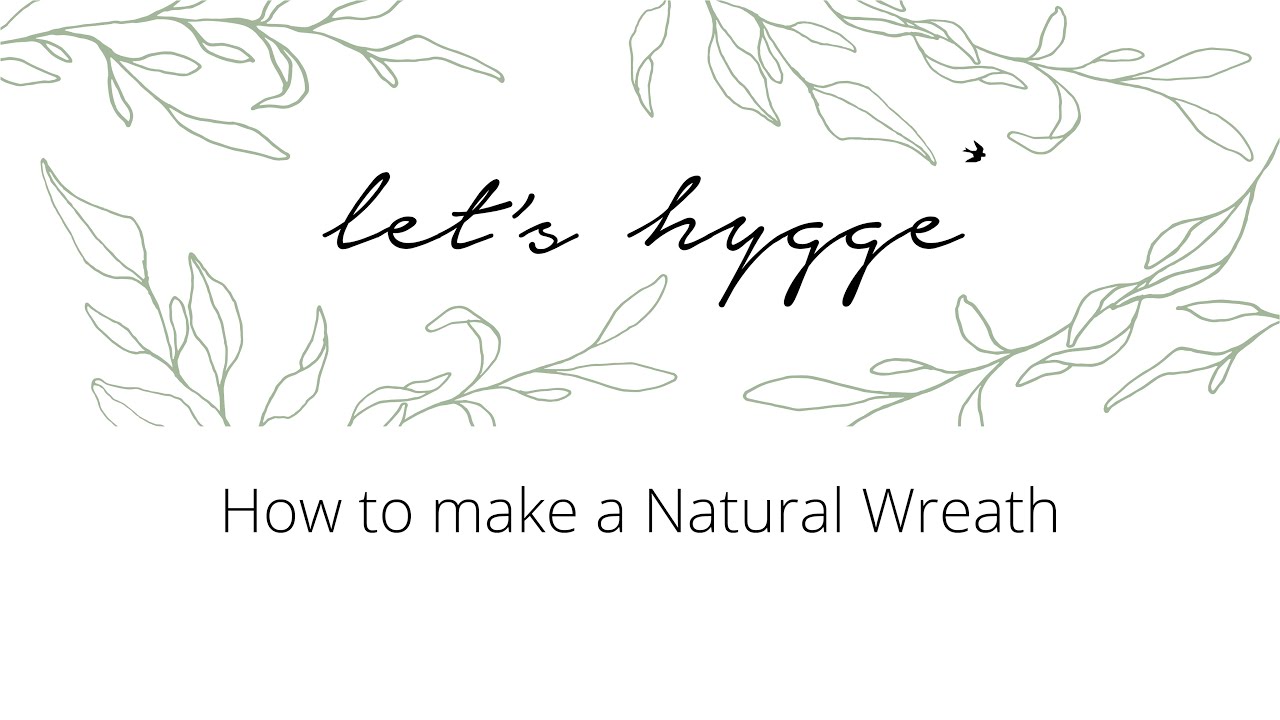Natural wreaths made from foraged materials are a wonderful way to decorate your home for any season or occasion. They bring the beauty of nature indoors and make a lovely statement on your front door mantel or wall.
In this article we’ll cover everything you need to know to create your own stunning foraged wreath including
- Foraging for natural decorative elements
- Wreath base options
- Assembly and shaping techniques
- Adding embellishments
- Caring for your wreath
- Inspiration for different looks
Foraging for Decorative Natural Materials
The first step is gathering up natural elements to add visual interest and texture to your wreath Take a walk through your garden, neighborhood, or local nature area to collect
- Evergreens like cedar, pine, fir, magnolia
- Seed pods
- Pretty leaves
- Herbs
- Flowers
- Berries
- Feathers
- Pinecones
- Grapevine
- Twigs
- Moss
- Fungi
Forage mindfully, just taking a bit of each plant. Soak cut stems in water to prep them.
Choosing a Wreath Base
You need a base structure to build your wreath on. Here are some options:
-
Grapevine wreath form – Available pre-made or DIY by winding grapevines into a ring shape. This is a common base for natural wreaths.
-
Wire frame – Plain circular frames provide flexibility for any design. Look for ones with sturdy wire.
-
Willow wreath base – Woven willow branches create a lovely organic base.
-
Straw wreath form – Intertwined straw makes a neat neutral base for dried flowers or herbs.
-
Laundry basket – A round or oval plastic laundry basket can act as a temporary form.
How to Make a Foraged Wreath
Follow these steps to assemble your wreath:
-
Choose your base structure and gather materials.
-
Attach the ends of each natural element to the base with floral wire, working symmetrically around the wreath.
-
Layer materials for depth and interest. Add largest pieces first, then smaller embellishments.
-
Shape with wire cutters as needed. Bend flexible branches around the base.
-
Continue adding elements until you achieve the fullness and look you want.
-
Accent with ribbon, fabric, twine, etc. if desired.
-
Hang up and fluff arrangement into shape. Mist with water.
Caring for Your Natural Wreath
To maximize lifespan:
-
Mist wreath daily, focusing on back/underside.
-
Keep out of direct sun.
-
Bring indoors if winds are high or temperatures drop below freezing.
-
Dust lightly to remove debris.
-
Prune away dead foliage as needed.
Natural Wreath Inspiration
Now that you know the basics, get creative with these fresh foraged wreath ideas!
Classic Evergreen Wreath
A traditional wreath made solely from evergreen branches like cedar, fir, pine, or magnolia leaves never goes out of style.
Mixed Greenery Wreath
Mix different shades and textures of greenery for visual interest. Try cedar, eucalyptus, pine, holly, magnolia, ivy.
Holly Berry Wreath
A red-berried holly wreath is perfect for the holiday season. Supplement with more holly or additional evergreens.
Herb and Flower Wreath
Wire on an array of fresh herbs and flowers like lavender, rosemary, thyme, daisies, mums, and more.
Succulent Wreath
Create a living wreath by wiring succulents like echeveria, sedum, and sempervivum onto a grapevine base.
Fruit and Vegetable Wreath
Get creative with produce like mini pumpkins, cranberries, grapes, kumquats, artichokes, peppers, etc.
Pinecone Wreath
Craft a neat monochromatic wreath using nothing but pinecones of various sizes wired to a base.
Seasonal Wreath
Customize your wreath to each season using seasonally appropriate foraged materials. Change it up!
The possibilities are endless when you use materials collected in nature. Let your imagination run wild and create a wreath that reflects your unique style and the season. Don’t be afraid to experiment with color combinations, textures, and foraged ingredients.
Enjoy the meditative process of creating with natural elements while beautifying your home. Make it an annual tradition to design a new wreath each year!
Step 2- Determine Your Pattern
Spread out the supplies you’ve gathered. This will give you a good idea of what’s available to attach to your wreath form. Before putting things on my wreath, I like to make a pattern to make sure it’s balanced and that I have enough.
Experiment with your design to create a pleasing display. Use some of your material to form a backdrop while other stems will look better if bunched together. Work gently with your supplies as many of these gathered materials will be delicate.
If you attach your materials and change your mind, you could damage the stems. If you lay out your arrangement before you attach it, you can be sure you have enough of each type of material.
TIP: Wear a sturdy pair of gloves if you’re working with thorny branches such as rose hips.

Step 3- Start with the bottom layer
Now that you have your layout in mind, start by attaching your bottom layer to the wreath form. How you attach will depend on what you’re using. If the bottom layer is made of heavy branches, you can tuck them in or wire them on. When you’re starting with grasses, bundle them together and attach them with floral wire. For small items such as pieces of moss, you can hot glue them to your form.
The bottom layer is usually your sturdiest material. You can use a mix of materials for this bottom layer if you don’t have a lot of one kind.

Make your own NATURAL, reusable wreath frame!
FAQ
How do you make a nature wreath?
What are natural wreaths made of?

